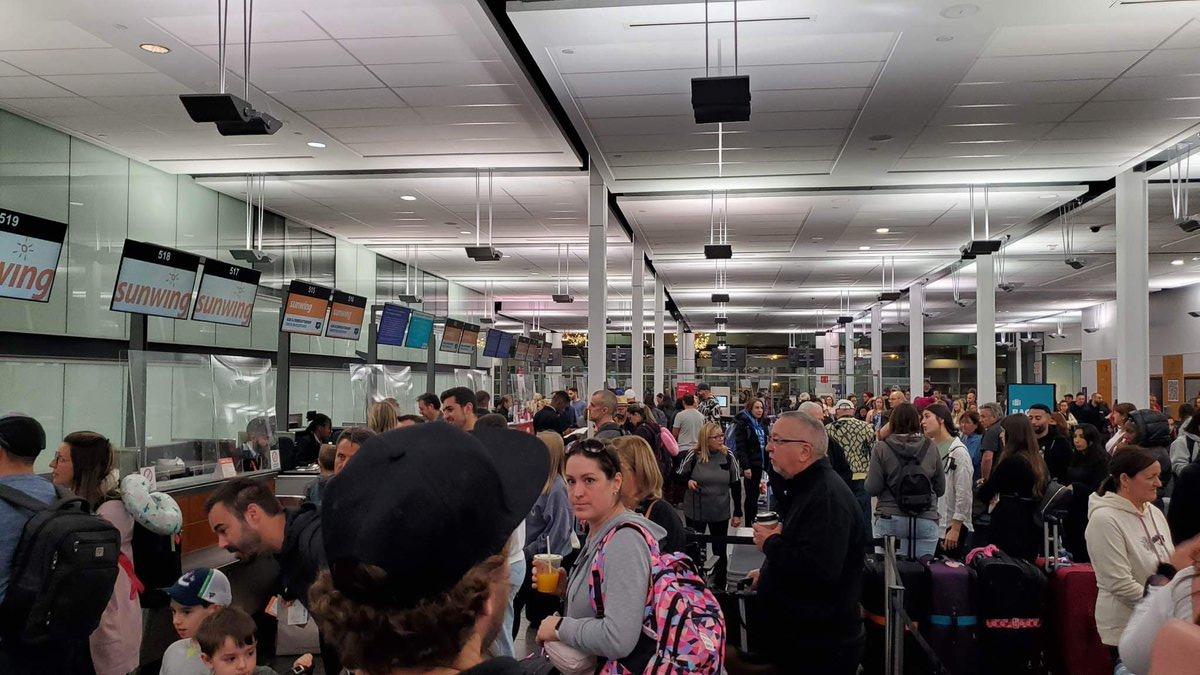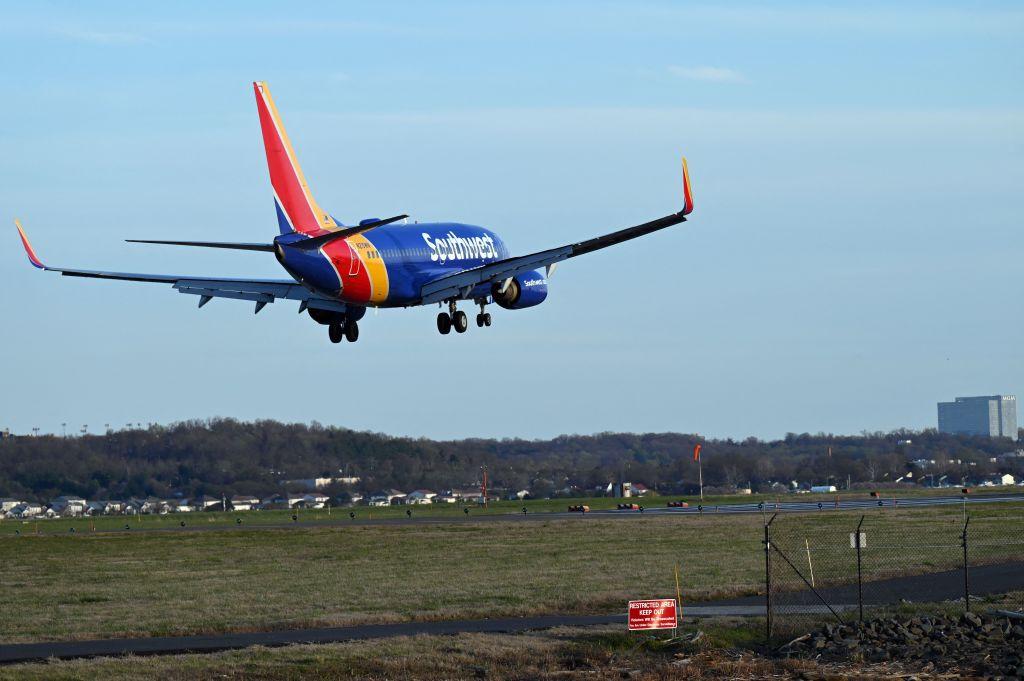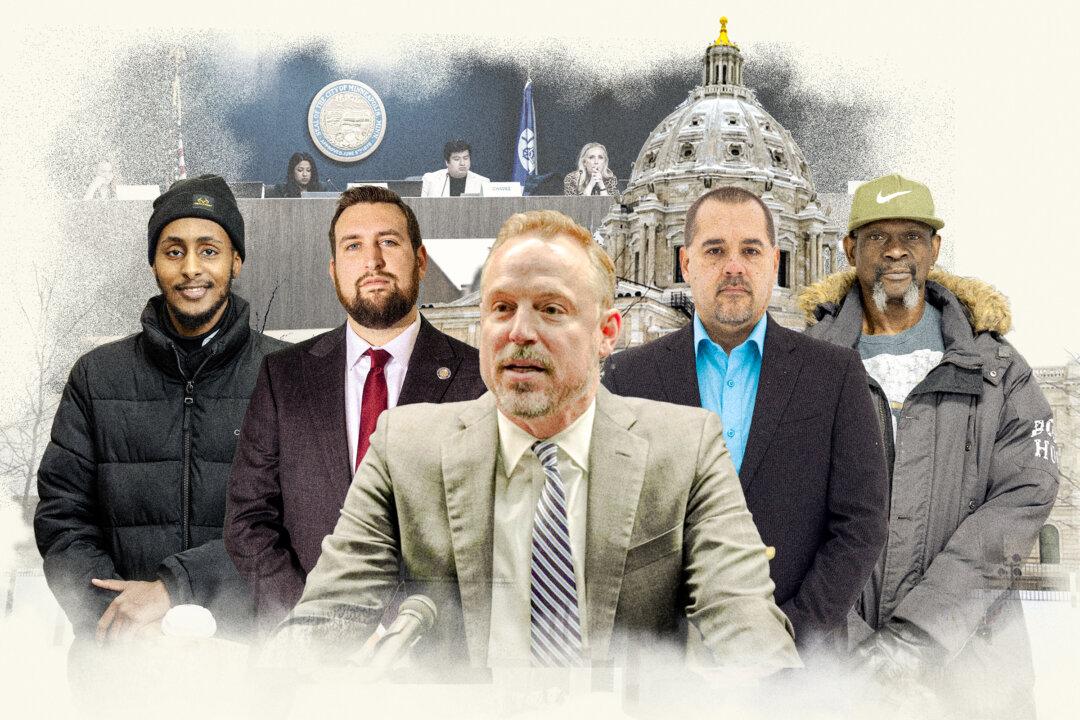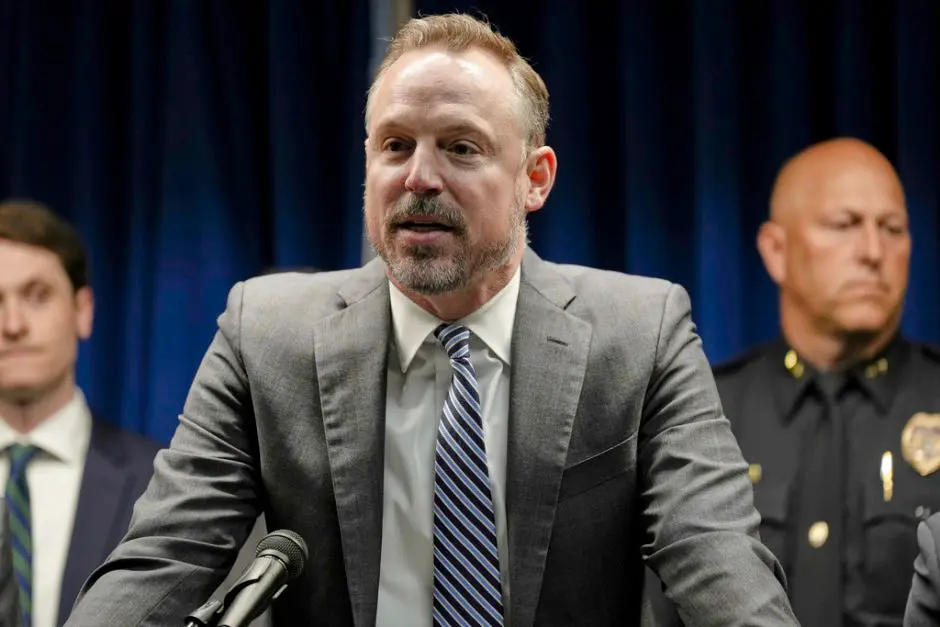Southwest Airlines stated that service disruptions that led to more than 16,700 canceled flights over the holidays could cost the embattled company as much as $825 million, according to a Jan. 6 regulatory filing.
The Dallas-based company declared an “estimated fourth-quarter 2022 pre-tax negative impact in the range of $725 million to $825 million,” according to the Securities and Exchange Commission filing.
Severe weather, staff shortages brought on by the pandemic, and an outdated computer system led the largest U.S. domestic airline to cancel thousands of flights from Dec. 21, 2022, to Dec. 31, 2022.
As a result of the cancellations, Southwest estimated that its fourth-quarter 2022 “available seat miles” or capacity took a 6 percent hit compared with the same period in 2019; that’s about 4 percentage points lower than previously expected, the company stated.

The crowded Montreal International Airport, after a winter storm delayed flights on Dec. 27, 2022. Photo courtesy of Cassidy Charette
Janice Hisle mainly writes in-depth reports based on U.S. political news and cultural trends, following a two-year stint covering President Donald Trump’s 2024 reelection campaign. Before joining The Epoch Times in 2022, she worked more than two decades as a reporter for newspapers in Ohio and authored several books. She is a graduate of Kent State University's journalism program. You can reach Janice at: [email protected]
Author’s Selected Articles





